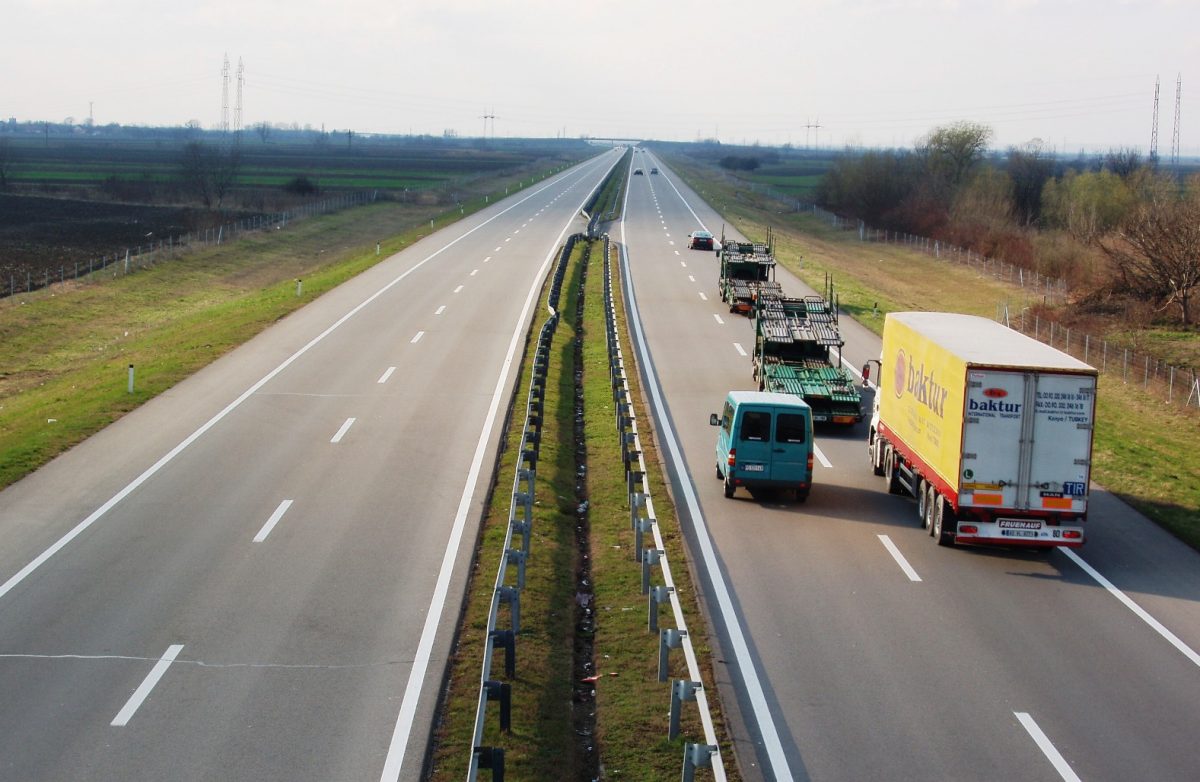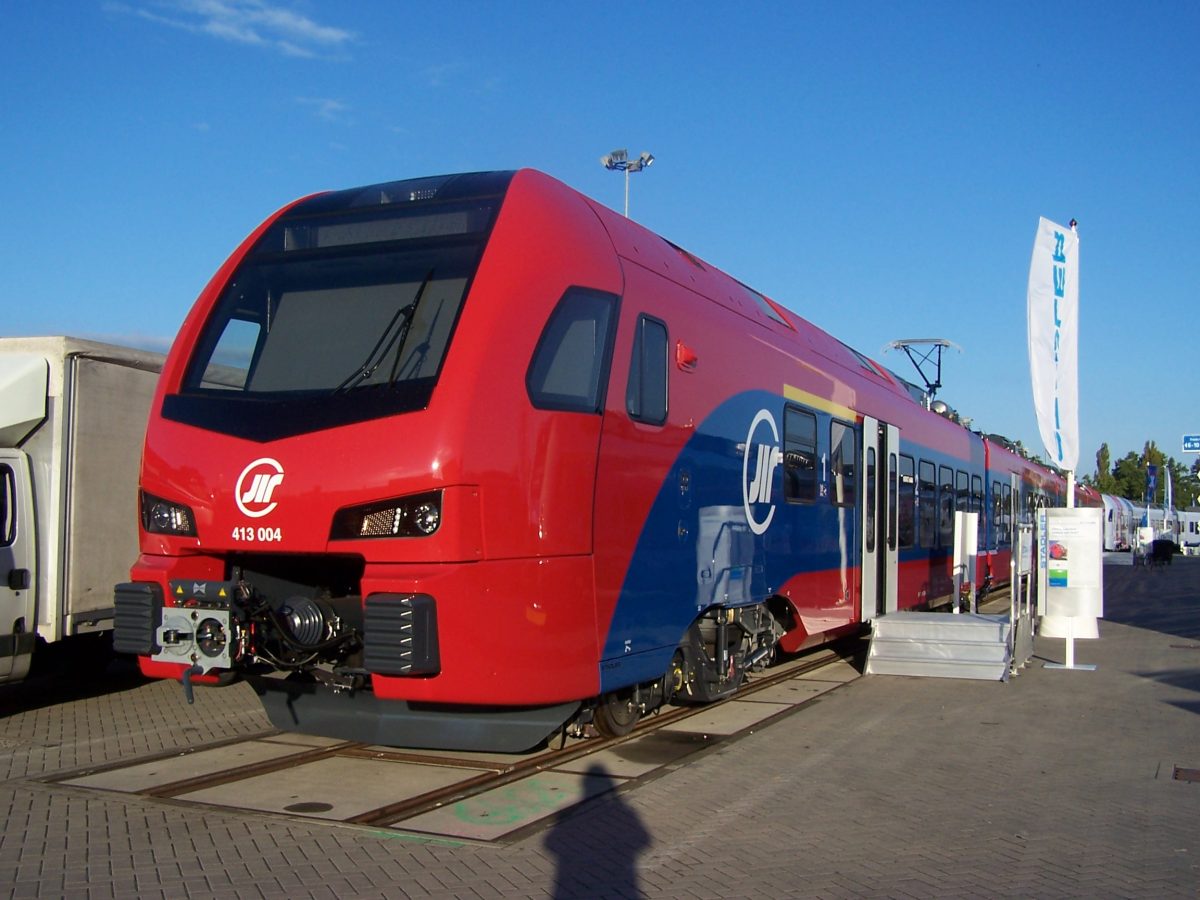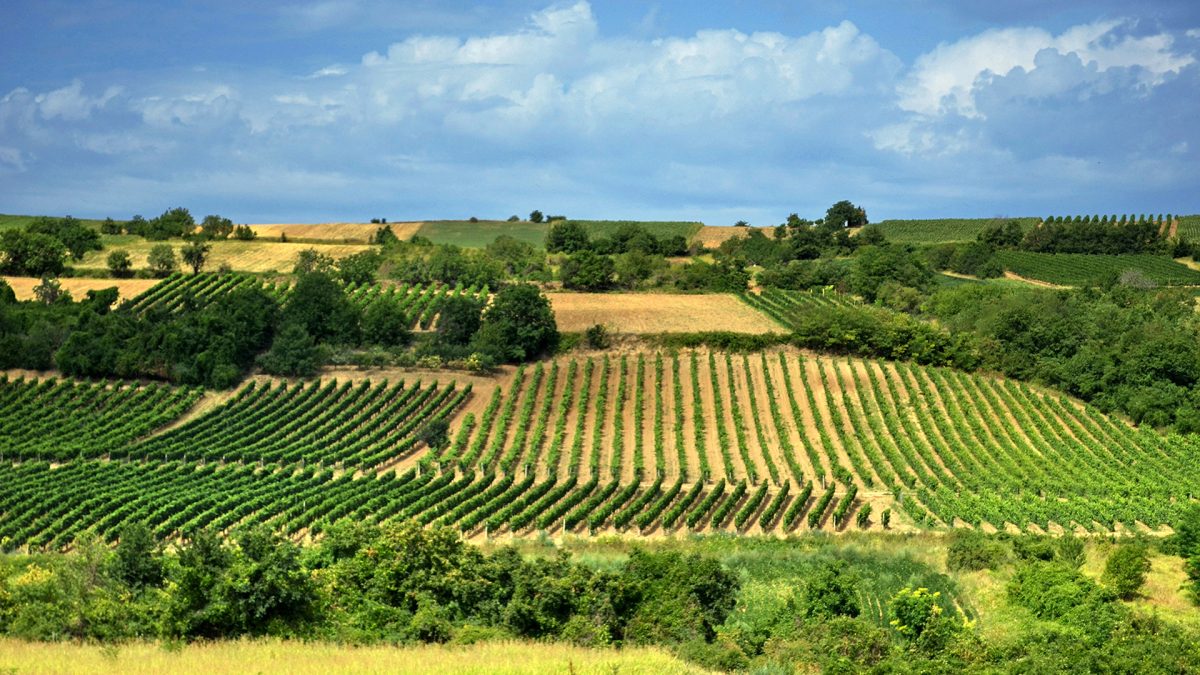New and old branches of the economy are both trump cards
Vojvodina used to be a region in the Austro-Hungarian Empire with the densest railroad network, perhaps even the densest in European terms. Vojvodina was also known as a wine region that supplied European courts with good and expensive wines. Today, railroads and roads are being built, vineyards resurrected, and a new, productive and propulsive branch is emerging – the ICT. These are today’s trump cards of Vojvodina’s economy.

The first railway in Serbia was built in Vojvodina, in the mid-19th century. Vojvodina’s plain, which is great terrain for the construction of roads and railway, soon made this region a magnet for immigration, a breadbasket of Europe, a place that was easy to reach, by boat or train, and the place from which was easy to take goods. Therefore, 40 or so nations gathered in Vojvodina, living, more or less, in harmony, side by side.
“The region of Vojvodina is important in terms of the ICT sector, but also known for the quality of life and as a great travel destination”
Today, this potential has been recognized by the Government of Serbia. Hundreds of motorway and expressway sections are being built in Vojvodina including Belgrade – Zrenjanin – Novi Sad, Novi Sad – Ruma – Šabac, the Fruška Gora corridor and Kuzmin – Sremska Rača, as well as the road from Sombor to Kikinda, which will be the shortest link between the two EU Member States – Croatia and Romania. Geographically, Vojvodina is an observatory and Serbia’s distended platform in the EU, and as such, it must not be pushed into the background but rather viewed as having a comparative advantage in terms of the construction of infrastructure. Vojvodina also creates new benefits. Agriculture Minister Branislav Nedimović has said that Sremska Mitrovica, as the only town in Serbia that has 3 highways, will become the country’s logistics hub. Over 60% of the country’s GDP is generated by only three regions in Serbia – Srem, Novi Sad and Belgrade. Now is the time to expand this to neighbouring areas too. The Belgrade-Subotica railroad will be completed in a few years, and when it connects with the Budapest-Serbian border railroad, it will become a new lifeline on the Belt and Road transversal.

Viticulture is yet another development asset of Vojvodina. Once home to the top wine industry, during socialism, Vojvodina was reduced to the lowest levels by making huge quantities of bad wine. Now, large and especially small wineries are emerging everywhere, with even TV series made about them. Since Fruška Gora is situated at 45 degrees N latitude, it is an ideal location for viticulture. The number of wineries and wine brands here has increased exponentially. Vojvodina has become a European paradise for wine lovers.

The third trump card is the one that entire Serbia has, and that is information and communication technology. Belgrade has become one of the global ICT hubs, but smaller towns are often profiled as the most propulsive in this sector. In Romania, this is Timisoara, in Ukraine, it is Lviv (both closer to the EU border than the capitals of Bucharest and Kyiv), and Minsk is already an old ‘player’ in the industry. Novi Sad has long been a very important location on the IT map of Europe, with software development outsourcing and the gaming industry developing rapidly. Recently, Subotica has launched a project that will transform the town into a new IT hub, since it is located halfway between Budapest and Belgrade. There is no reason why Sombor, Zrenjanin, Sremska Mitrovica and other Serbian towns should not follow Subotica’s suit.

All in all, except for agriculture, which has been the greatest hope for the Vojvodinian economy for centuries, old but revived branches of the economy, as well as the new ones, are starting to emerge with tourism being one of them. But more about it later!